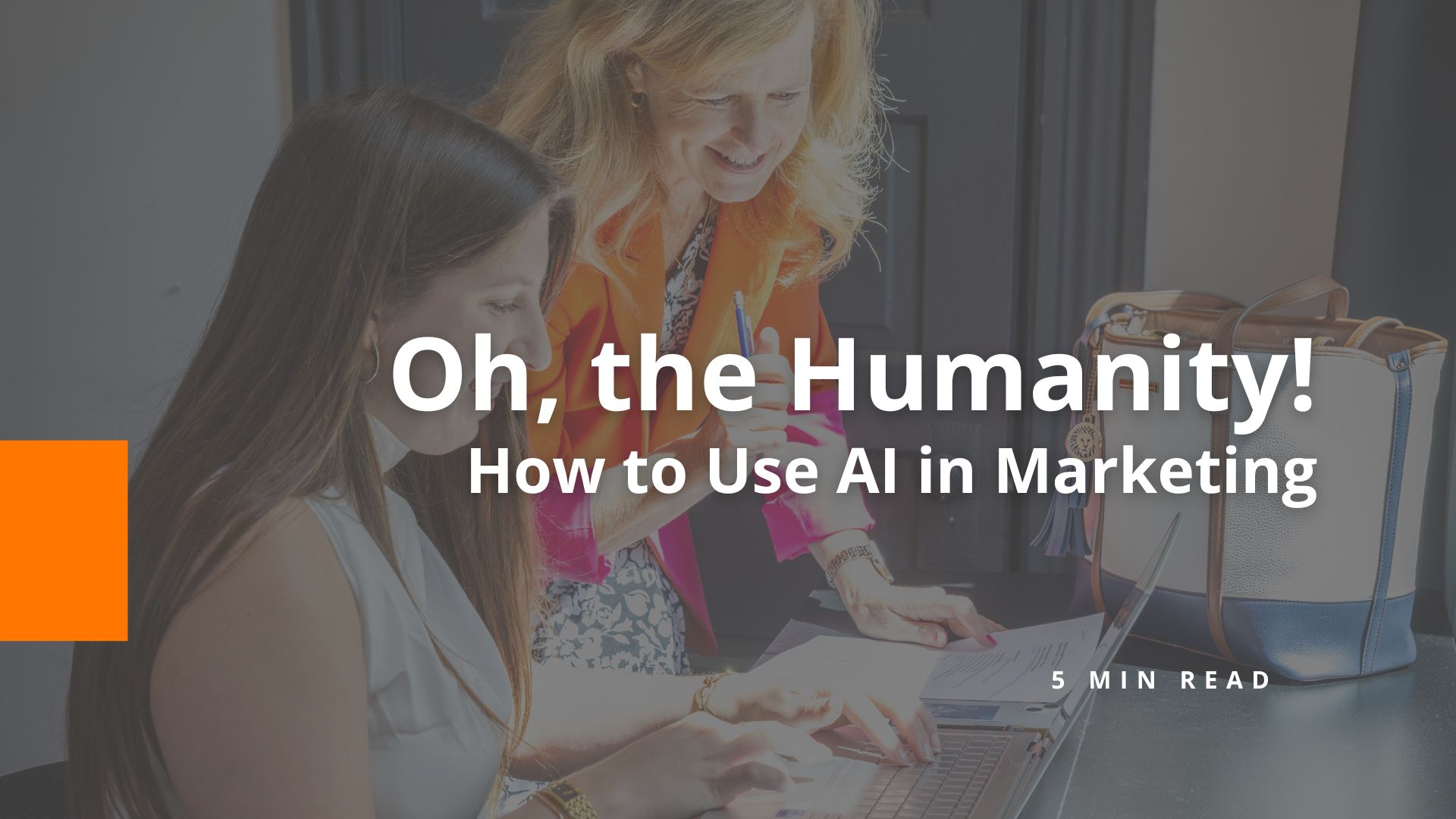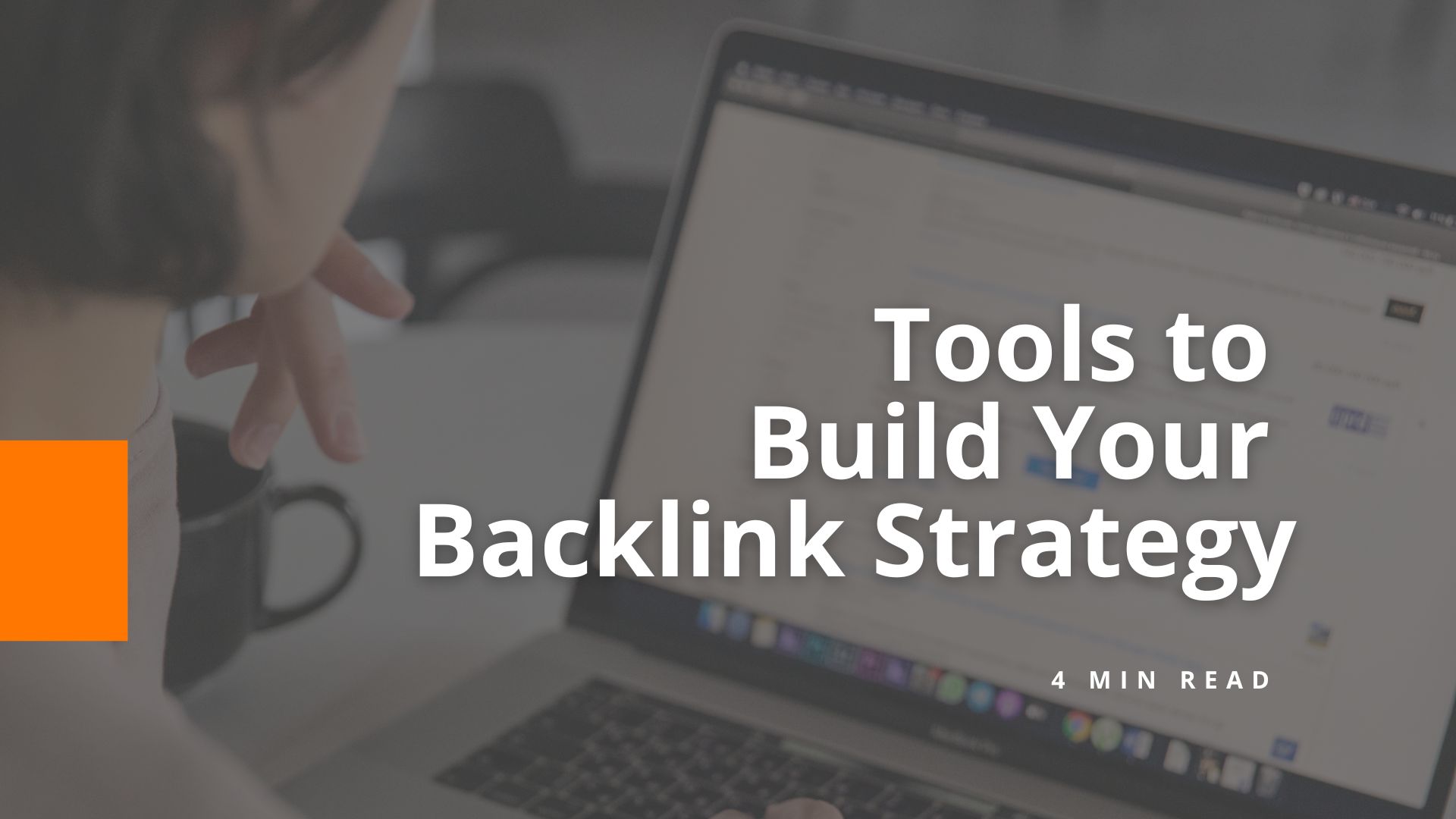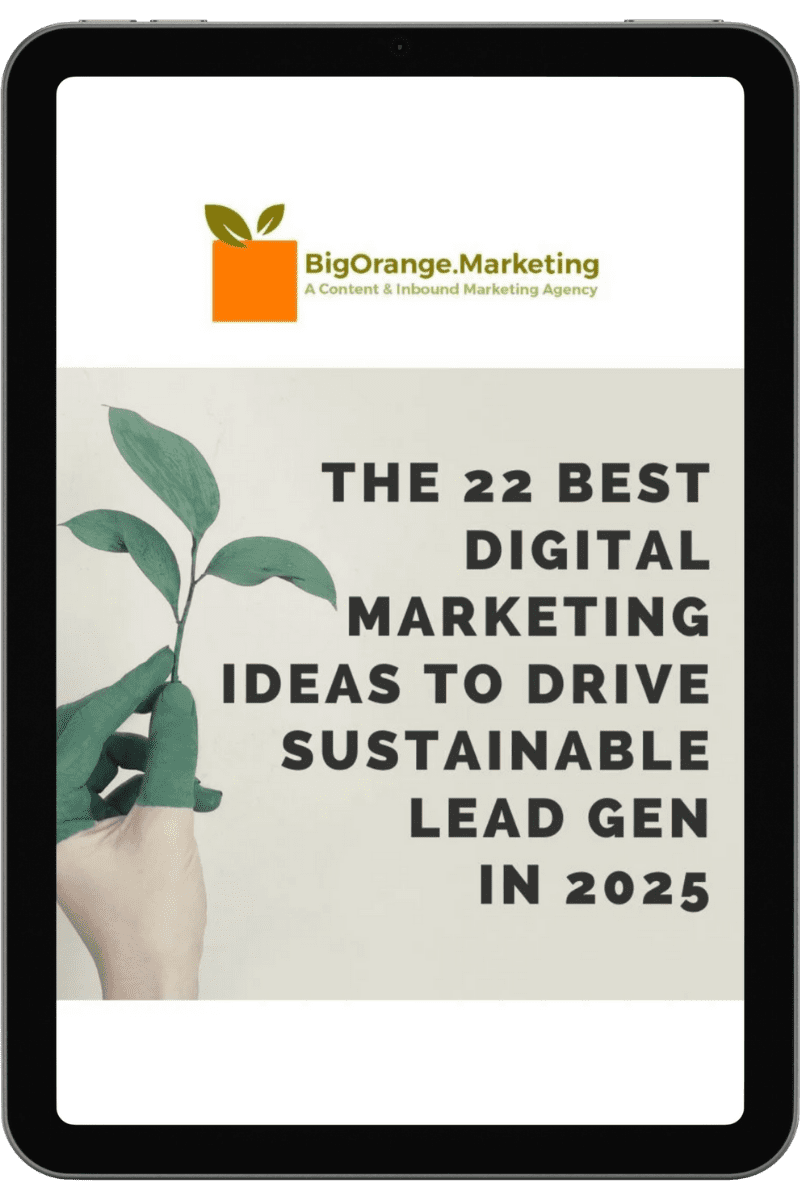Dive Into a StoryBrand Framework Example to Inspire Your Marketing

StoryBrand is a marketing strategy that helps businesses clarify their message and connect with customers on their website and beyond. The guiding principle behind StoryBrand is that your customer is the hero and your business is the guide. When implemented thoughtfully, StoryBrand creates a compelling narrative that drives sales.
So how do you put this approach into action? Let’s answer some general questions, then take a closer look at a StoryBrand framework example.
Understanding the StoryBrand Framework
As certified StoryBrand guides, we’ve seen how the StoryBrand framework is a powerful tool for businesses looking to clarify their message and connect with customers. Introduced by author Donald Miller in his book “Building a StoryBrand,” the method is based on the idea that customers are the heroes of their own story, and businesses should position themselves as guides to help them achieve their goals.
The framework consists of seven key elements, including the customer’s problem or pain points, how the business solves these problems, and a clear call to action. By using the StoryBrand framework and developing a brandscript, businesses can create a clear and compelling message that resonates with their target audience. Of course, the ultimate goal is for potential customers or clients in the target audience to reach out to the business, becoming leads that sales representatives can nurture.
Key Elements of StoryBrand
The seven key elements of the StoryBrand framework are the character, problem, guide, plan, call to action, stakes and success. These elements work together to create a powerful narrative that drives sales and encourages visitors to take action. Let’s break the elements down one by one.
- The character refers to the customer, who is the hero of their own story. In order to take full advantage of StoryBrand’s power, you need to know who your customer is. An effective way to define your customer is to create one or more personas that typify your customers’ demographics and more.
For instance, a managed service provider (MSP) that is honing their marketing might create a persona called “CIO Charlie.” The persona describes a fictional person who is based on one or two real customers or clients. The persona can include Charlie’s age, type of workplace, educational background and where he gets his industry news.
For that MSP, CIO Charlie becomes a hero in their StoryBrand framework example. Every marketing campaign should be crafted based on its appeal to Charlie (or one or two other typical customers who are identified in the persona process).
- The problem refers to the pain points or challenges that the customer is facing. If your business doesn’t demonstrate that you understand or care about your customers’ challenges, why would a potential client or customer look to you for help, hire your services or purchase your products?
Identifying the challenges your customers are facing is also part of the persona development process, which includes interviewing your current customers. For example, if you ask a CIO customer about his daily frustrations, he might mention not having an IT roadmap to guide his company or having no time to create this kind of IT strategy.
A StoryBrand framework example would include a bulleted list of problems the main character or hero hopes to solve in order to be more successful.
- The guide refers to the business, which positions itself as a trusted advisor to help the customer achieve their goals. Oftentimes, businesses fall into the trap of making themselves the main character or hero, not the guide. You’ll see evidence of this misstep when website home pages proclaim right at the top a message like, “Serving Cincinnati Since 1992.”
This type of promotion falls flat with visitors because it doesn’t speak to their needs and doesn’t show them the business understands their problems and can lead them to solutions.
In our StoryBrand framework example, an MSP would offer messaging that reveals their empathy for would-be customers and objective reasons why the MSP can be trusted to offer expert guidance.
How do you show that working with you will lead to success by proving you’re a trustworthy guide? Take some time to look for statistics, awards, certifications or informational snippets that make your business stand out. These “authority points” could include factual information like:
- 20+ years in business
- 24/7/365 live technical support
- 95.9 CSAT score
- 160+ five star Google reviews
- The plan refers to the steps would-be customers or clients can take to engage with the business. With StoryBrand website design, these often are shown in a 1, 2, 3 format that illustrates how working with the business is simple and can lead to success or resolution of their problems.
An example of a plan for an MSP’s website includes:
Get Reliable IT Support
- Schedule a time for us to meet (we’ll come to you)
- Tell us your tech troubles and ambitions
- Partner with us and get back to your goals.
- Next, the call to action element of the StoryBrand framework emphasizes the need for a clear, consistent next step that website visitors or readers should take. StoryBrand suggests making this call to action pop on your website, in the form of a brightly colored button that appears often on every main page. Calls to action like “book a meeting” or “call now” should lead directly to a scheduling form or contact page.
The pitfall to avoid with your call to action is making it sound wishy-washy. When the button says “learn more,” it’s not suggesting a clear action.
Using the same button and wording throughout the website means less confusion for visitors on what action you would like them to take.
- The stakes element communicates urgency and provides sound reasons for the hero to engage with your business. In your StoryBrand messaging, you should clearly show what’s at risk if the hero doesn’t work with you or purchase your products.
One way to illustrate what’s at stake is to remind the website visitor or blog reader of the challenges they’re facing. In this MSP’s StoryBrand framework example, the stakes appear as pointed questions:
Still Waiting for the IT Support You Need?
- With what you spend on IT, does it feel like it should just work?
- Has a recent incident shown your company and data aren’t secure?
- Are you worried about maintaining compliance in industry-specific areas?
- Do you wish you had an open and honest guide to steer you toward the future of technology?
- Finally, the success element clearly demonstrates the positive outcome the hero will enjoy when they follow your plan and take the action you suggest. Their problems will be solved by a knowledgeable guide (your business) and they will live happily ever after (or at least reap success in their business).
Painting a picture of the success that comes from working with your business can often involve using feeling words, such as “confident,” “free from stress” or “relieved.” Clearly reminding people that you can make their lives easier is a powerful approach to marketing.
Why Clarity Matters
StoryBrand author Donald Miller stresses that “when you confuse, you lose.” By using the StoryBrand framework, businesses can create a clear and concise message that resonates with their target audience. This approach helps businesses stand out in a crowded market and achieve sustainable growth.
Looking to make your messaging clear and concise? Try:
- Eliminating jargon: Use simple, everyday language that everyone can understand.
- Focusing on benefits, not just features: Customers care about how your product or service will improve their lives and solve their problems, not just what it does.
- Being consistent: Use the same clear, customer-centric message across all your marketing channels (website, emails, social media, sales calls, etc.).
- Testing to refine: Continuously evaluate your messaging to see what resonates most effectively with your audience.
- Keeping it short: Aim for brevity. If you can say it in fewer words, do so. Remember, we live in a noisy world where people are constantly bombarded with information. Help them filter out distractions with straight-to-the-point content.
What Is StoryBrand Design?
Using the approach defined by the StoryBrand framework, you can design an engaging website, draft relevant blog posts and distribute thought- and action-provoking emails. But StoryBrand goes beyond just messaging, it can also influence website design.
StoryBrand design refers to the process of creating a website or marketing materials that incorporate the StoryBrand framework. It involves using the seven key elements of the StoryBrand framework to create a clear and compelling message that resonates with potential customers.
Because it puts the customer or clients as the hero, StoryBrand design is customer-centric, meaning it focuses on the customer’s journey and pain points that person is living with. By using StoryBrand design, businesses can create a website or marketing materials that effectively communicate their unique value proposition. This approach helps businesses build trust with their target audience and encourage visitors to take action.
StoryBrand design should:
- Be clear and not busy.
- Emphasize readability, making it easy to digest – even for readers who are just skimming.
- Include a call to action that stands out.
- Feature images that invoke positive emotions or show how a reader or website visitor will feel when their problems are resolved. (We like to choose images of what we call “shiny, happy people” for our clients’ websites.)
- Be logical and easy to navigate.
The StoryBrand Process
You can take advantage of the StoryBrand approach by following the instructions in the book, watching online videos or working with a StoryBrand guide. The step-by-step StoryBrand process involves reviewing each of the seven key elements of the framework to see how they apply to your customers, clients, goods and services.
Along the way, you’ll start to see how the elements track with timeless storytelling you’ve experienced over and over in books and movies.
- You’ll start by identifying your customers’ problems. Consider Dorothy in the Wizard of Oz, whose problem was that she wanted to get back to Kansas.
- Position your organization or business as a guide to help the hero solve their problem. Think about Yoda explaining the power of The Force to Luke Skywalker.
- Create a clear plan to address the hero’s issue and formulate a call to action. Again, think of Dorothy, who was advised to follow the Yellow Brick Road in order to find the Wizard who would help her get back to Kansas.
- Highlight the stakes and potential success. You want to convey urgency and show that working with your business will help the hero feel better and do better. Imagine Luke Skywalker being compelled to destroy the Death Star and achieve his goal of becoming a Jedi Knight.
These classic stories are engaging and compelling: They pique our interest as humans. You can tap into this power to create impactful marketing messages that resonate with your target audience. The result? Your business can achieve success and increase sales.
Still Have Questions?
Wondering what a StoryBrand website looks like? Click over to this blog post to see a wide range of StoryBrand examples across various industries.
Why is StoryBrand effective? It works because it:
- Leverages the power of story: Humans are hardwired to respond to stories, making messages more memorable and engaging.
- Puts the customer first: It shifts the focus from your brand’s features to your customer’s needs and aspirations.
- Eliminates confusion: It forces you to simplify your message, cutting through jargon and ambiguity.
- Drives action: By clearly outlining the problem, solution and path to success, it motivates customers to take the next step.
- Creates clarity: Clarity leads to customer understanding and, ultimately, sales.
Are you comparing StoryBrand to other marketing approaches? The fundamental difference is perspective. Most traditional marketing approaches position the business or product as the “hero” of the story, focusing on its features, history and achievements. StoryBrand flips this by making the customer the hero and the business the empathetic guide. This shift creates marketing that is more customer-centric, relatable and effective.
Trying to decide if a StoryBrand Certified Guide is worthwhile? Many businesses find value in working with certified guides because:
- They provide an objective perspective: It can be hard to see your own business clearly.
- They have experience: They’ve guided many businesses through the process and can spot common pitfalls.
- They accelerate the process: They can help you get to clarity faster and more efficiently.
You might have questions about the type of results you can expect from using StoryBrand. While results vary, common outcomes include:
- Increased leads and sales: Clearer messaging attracts more qualified prospects and makes the buying decision easier.
- Improved website conversion rates: Visitors understand what you offer and how it benefits them.
- Enhanced brand clarity and consistency: Your entire team will be aligned on your core message.
- Stronger customer relationships: By focusing on their needs, you build trust and connection.
- More efficient marketing efforts: You’ll know exactly what to say in all your marketing materials.
Let’s Talk About a StoryBrand Framework Example
If you’re eager to learn what StoryBrand could do for your business, book a no-obligation meeting with us today. We can help you clarify your message and engage new customers so your business can grow and thrive.
Share the knowledge
Dive Into a StoryBrand Framework Example to Inspire Your Marketing
StoryBrand is a marketing strategy that helps businesses clarify their message and connect with customers on their website and beyond. The guiding principle behind StoryBrand…
Explore this TopicAI in Marketing: Staying Human in an AI World
Artificial intelligence (AI) is changing every aspect of marketing from search engine optimization to social media and strategy. There are so many powerful tools we…
Explore this TopicChannelCon 2025: Your Gateway to Growth, Networking and Expert Insights
ChannelCon 2025 is just around the corner, and it promises to be the place where innovation meets connection. ChannelCon is hosted by the Global Technology…
Explore this TopicEssential Backlink Building Tools to Boost Your SEO Strategy
Backlinks are still a critical factor in boosting your search engine optimization (SEO). They help your website build authority, improve rankings in results and drive…
Explore this TopicJoin Us at Cincy AI Week 2025
Is there anything artificial intelligence (AI) can’t do? It can help you understand that confusing Excel sheet someone sent you, take notes in your meetings,…
Explore this TopicTop Tips for Manufacturers: Marketing to Industrial Companies
Marketing to industrial companies can feel like a different ballgame compared to marketing consumer products. Buyers are looking for expertise, trust and long-term partnerships, not…
Explore this TopicSearch Everywhere Optimization: The Next Evolution in SEO
Search has left the search bar and getting your questions answered is moving away from a “just Google it” approach. People are turning to TikTok…
Explore this Topic








